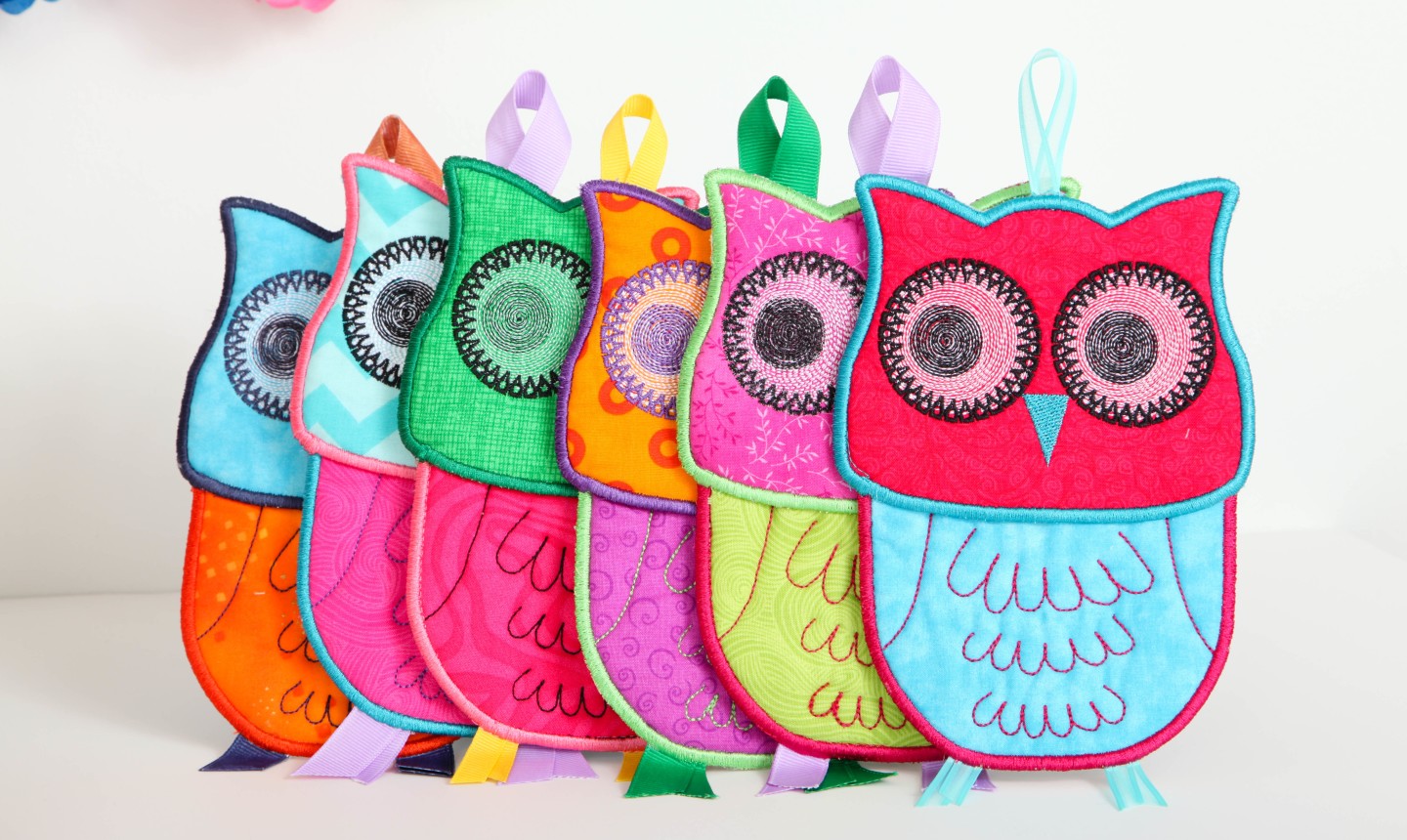
When it comes to machine embroidery, felt is a total rockstar. It can be made from a variety of materials, ranging from recycled water bottles to 100 percent wool. Regardless of which you choose, it’s easy to use, has a soft texture and its thickness provides structure and a strong base for machine embroidery stitches.
That said, there are a few things to know before breaking out your embroidery machine. Keep these tips in mind to help ensure your next embroidered felt project is a smashing success.
1. Skip the Batting
Felt is thick, so you don’t need batting for projects like mug rugs and coasters. But it is helpful to use a light- to medium-weight cutaway stabilizer in place of batting, especially if you’re using a lighter weight felt (like polyester made from recycled water bottles). And if you’re adding felt to the back of a project, the additional stabilizer may or may not be needed — use your best judgment!
2. Use the Right Stabilizer
If you’re working in-the-hoop, opt for water-soluble mesh stabilizer. It stands up to higher stitch counts that are common with in-the-hoop projects. You can also use a “plastic” type water-soluble stabilizer, but it may be helpful to use two layers of the lighter weight or one layer of the heavier weight.
If the felt is very dense and the stitches sink in too much, you may want to consider using a water-soluble topping stabilizer, just as you would when embroidering on terrycloth or other plush fabrics.
3. Choose the Right Design
When using felt for machine embroidery appliqué, use a design with a blanket stitch or lighter weight appliqué stitch. These stitches will show up well and hold the thick felt securely. Also, remember felt doesn’t ravel, so there’s no need for a stitch to completely cover the edge of your project. You have total freedom to choose a more decorative stitch!
4. Mix and Match Fabrics
Instead of making your entire project out of felt, consider combining it with different fabrics. Using prints or pairing contrasting solids can really make your projects pop, and allows you to use felt more strategically. Case in point: mug rugs can have cotton on the front and felt on the back. The felt will increase absorbency, while allowing beautiful fabric to show off on the front. Win-win!

Learning how to machine embroidery on felt